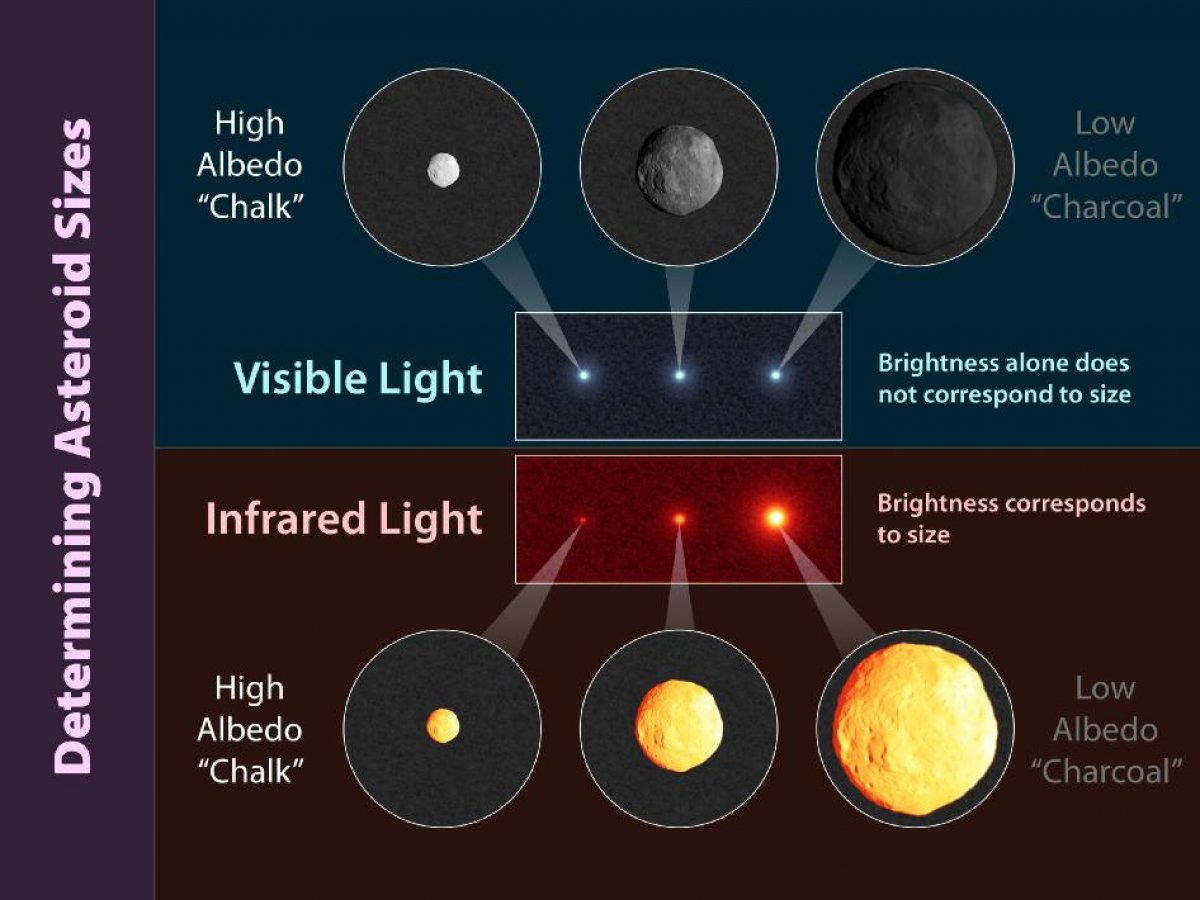An asteroid with a diameter equal to the height of the Golden Gate Bridge will pass Earth on the evening of the October 2021 full moon, also known as the Hunter's Moon.
The space rock designated 1996 VB3, with a diameter of 220 meters, will pass Earth on the evening of October 20. It will reach a minimum distance of around 2 million miles (3.2 million km) from Earth. That's just under nine times the distance between Earth and the moon.
The object will be traveling at 15,000 meters per second as it passes our planet. That's about 20 times faster than a jet fighter and 17 times faster than a bullet fired from a rifle.
Asteroid 1996 VB3 isn't the only space rock hurtling past Earth over the next few days.
According to NASA's Centre for Near-Earth Objects, on October 25 the asteroid 2017 SJ20 will pass within 5 million miles of Earth. This asteroid is slightly smaller than 1996 VB3, with a diameter believed to be around 200 meters.
This will be followed by 2017 TS3 on November 2, an asteroid that is roughly the same size as 1996 VB3, but traveling at the relatively leisurely pace of 1,000 meters per second.
In terms of size, the most impressive asteroid that will pass Earth over the coming month is 2004 UE. The asteroid, which will pass our planet on November 13 at a distance of about 2.5 million miles, has a suspected diameter of 380 meters.
These diameters are only provisional, meaning some of these asteroids could be as small as half these sizes.

The size of asteroids are calculated by scientists using a quality called albedo. This is visible light from the sun reflecting off the surface of the asteroid. The reason this method can occasionally get asteroid size wrong is that it depends highly on how reflective the surface of an asteroid is.
The albedo of an asteroid depends not just on size, but also on what it is made from and how densely this material is packed. It also hinges on the color of the asteroid. For instance, a "chalky" asteroid with loose material at its surface may appear larger than it is. On the other hand, an asteroid with a charcoal-like surface will reflect less light, and could therefore appear smaller than it is.
This has led scientists to suggest a new way of tracking asteroid size. Using infrared light astronomers could detect the heat coming off an asteroid, which may be a better indicator of size than reflected visible light.
A larger object would appear brighter in infrared light, and this measure isn't affected by albedo. Putting these two methods together could provide the most accurate way of measuring asteroid size.

Uncommon Knowledge
Newsweek is committed to challenging conventional wisdom and finding connections in the search for common ground.
Newsweek is committed to challenging conventional wisdom and finding connections in the search for common ground.
About the writer
To read how Newsweek uses AI as a newsroom tool, Click here.








